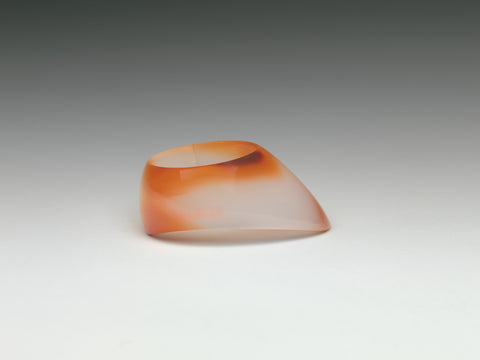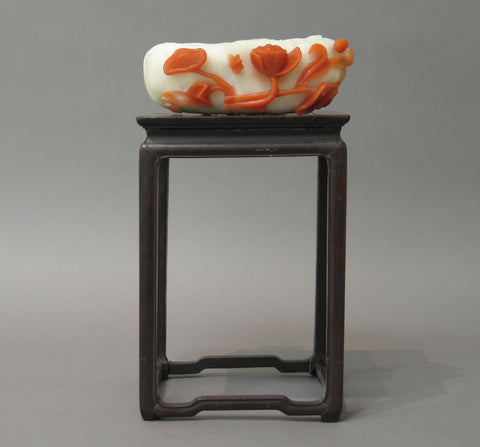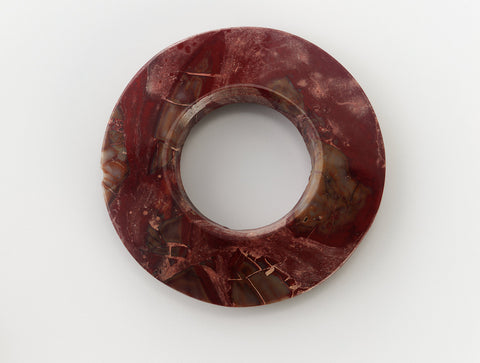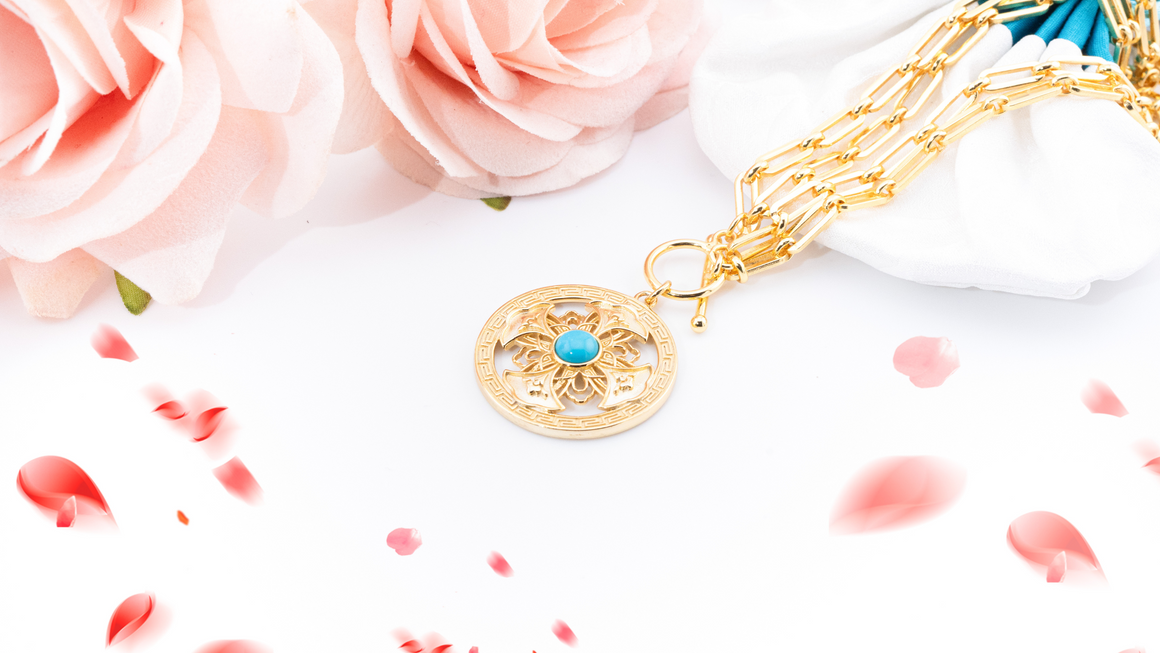Agate & Carnelian: Straight From the Horse's Brain

Agate/chalcedony is one of the most diverse families of gemstones in the world. Chalcedony comes in a rainbow of colors, from translucent, grey, blue and green to purple, red and yellow. Its sister, agate, is known for its its myriad natural patterning.
But in the minds of the Chinese, the term that encompasses all these stones chiefly refers to one of its relatives: the reddish-orange carnelian.
'Horse Brain'
The Chinese name for agate is "ma nao," meaning “horse brain.” This unusual name comes from the Mongolians, who thought the stone’s bands of gradated color resembled the folds in a horse’s brain.
Adding further mystique to the notion that agates have a connection to the brain, according to the research of Jewish occult author Isidore Kozminsky, agates whose concentric bands form to look like an eye are used by seers or prophets to aid in their fortune telling, because the patterns resemble the third eye.
The third eye (also known as the celestial eye) is situated in the center of the human brain and known to modern medicine as the Pineal body. Cultivators and mystics can see other time-spaces if their third eye opens. Thus in the ancient world, such agates are believed to enhance the wearer’s intuition and seeing powers.
Agate has been known to the Chinese as “ma nao” since at least the second century AD. When the feared general Cao Cao, the hero in The Romance of The Three Kingdoms, received an agate wine container as a gift, he wrote a poem referring to the material as “horse brain.”
A natural science compendium published in the Ming Dynasty states that agate/carnelian is neither stone nor jade, but a category of its own. It mentioned that agates of smaller sizes were used as personal such as beads, belt hooks, or archer rings; and larger ones carved into containers or decorations, which were often very ornate and made clever use of the natural color variations in the stone.
Other types of agate such as picture and moss agates often appeared to display landscapes, flowers, or people if they were cut on the right plane. Those “pictures” that struck a poetic or literary chord were prized most of all.
Journey From the West
In the Han Dynasty (206 BC – 220 AD), China had already established diplomatic and trade relations with the Kushan dynasty in Afghanistan and northern India, as evidenced by agate and carnelian beads excavated from Western Han tombs that are identical to those found in India, Persia, and Afghanistan in the same period.
These polished and etched beads must have traveled many miles overland along a network of trade routes, the same that brought Buddhism east from India. That the two arrived together is no coincidence; in Buddhism, agate is considered to be one of the Seven Treasures, and is a popular material in prayer beads.
The best carnelian continues to be sourced from India, where they are treated in the heat of the sun to enhance their translucent brown-orange hue. Sunlight is preferable to other heat because no other methods obtain better results. In China, more than half of its domestically sourced agate and carnelian comes from in Fu Xin city in China’s northeast, just outside of Inner Mongolia.
A False Antique
In the modern Chinese gemstone market, a kind of carnelian called the “Warring States carnelian” has become highly prized.
However, the name “Warring States carnelian” is very misleading because this stone is not antique from the Warring States period (475 – 221 BC). It’s only marketed that way because it resembles a material found in Warring States tombs.
The so-called Warring States carnelian tends to be deeper and slightly more opaque than regular carnelian. This material is mined in Liaoning Province and considered to be a kind of red onyx or sardonyx, a relative of carnelian.
Carnelian was one of the most beloved gemstones in the ancient world, yet continues to have such allure even today.
This article is part of the Divine Land Gemstone Compendium, a weekly series by Yun Boutique exploring the gemstones of ancient China and their significance to Chinese culture. See the full series here. Subscribe to the email newsletter to receive future installments.
Researched by Ariel Tian.
Also in Divine Land Gemstone Compendium
Tridacna Shell: The Giant of the Sea

The tridacna gigas is the largest species of clam on the planet, and one of the seven treasures of Buddhism. Dive into the mystique of the sea with Yun Boutique's Tridacna Shell jewelry, showcased in our Divine Land Gemstone Compendium. Explore the captivating story behind these handcrafted pieces, each reflecting the grandeur of the ocean's giant.
The Kingfisher Feather Jewelry of Ancient China

Experience the allure of ancient China through Yun Boutique's exquisite Kingfisher Feather Jewelry, featured in our Divine Land Gemstone Compendium. Discover the captivating history and cultural significance of these meticulously handcrafted pieces that embody traditional elegance.
Turquoise: Precious Treasure in Global Culture

Discover the global allure of Turquoise, a precious treasure explored in Yun Boutique's Divine Land Gemstone Compendium. Uncover the rich cultural significance and beauty of these meticulously handcrafted pieces that celebrate the essence of this cherished gemstone. Immerse yourself in a world where tradition meets contemporary elegance.





